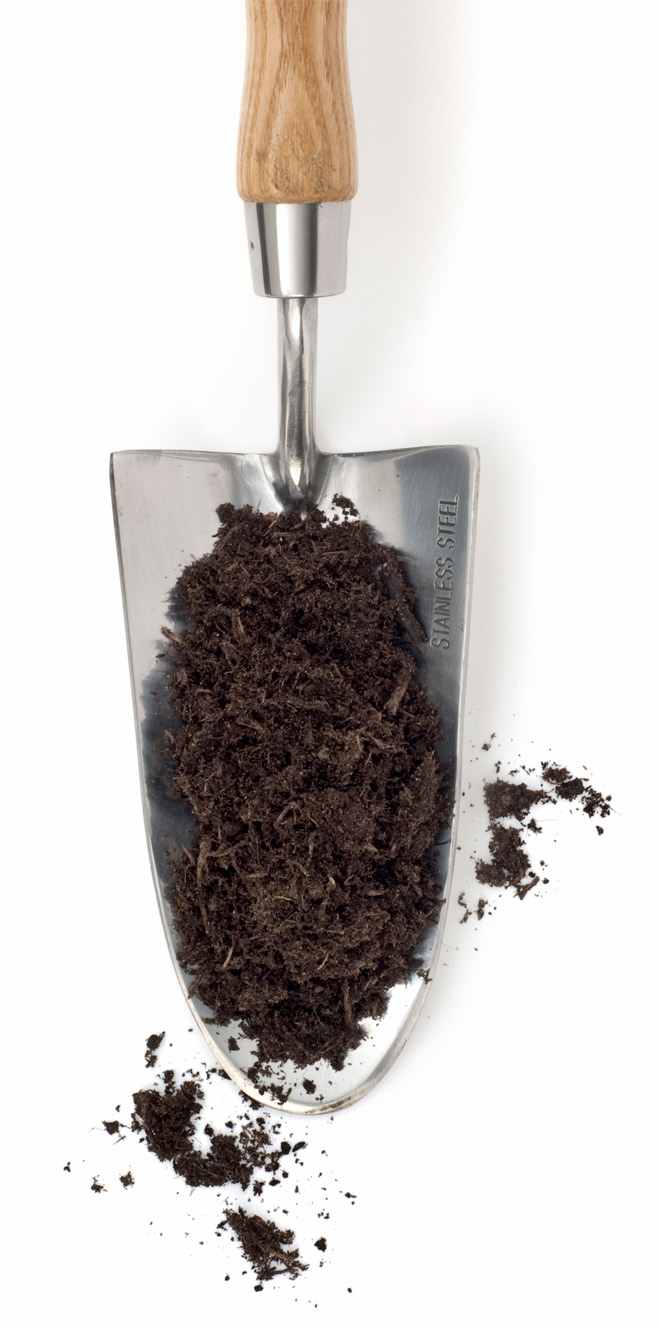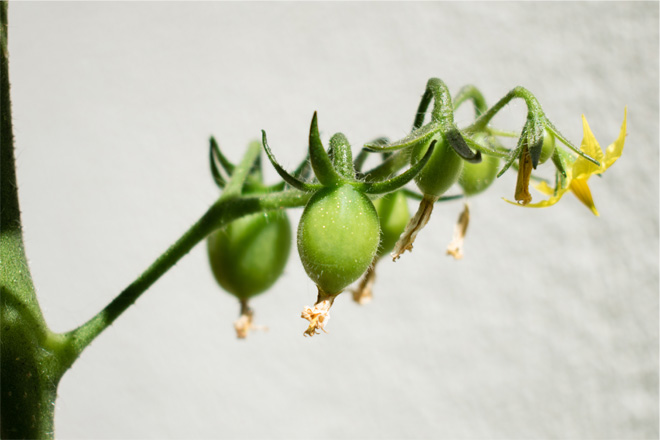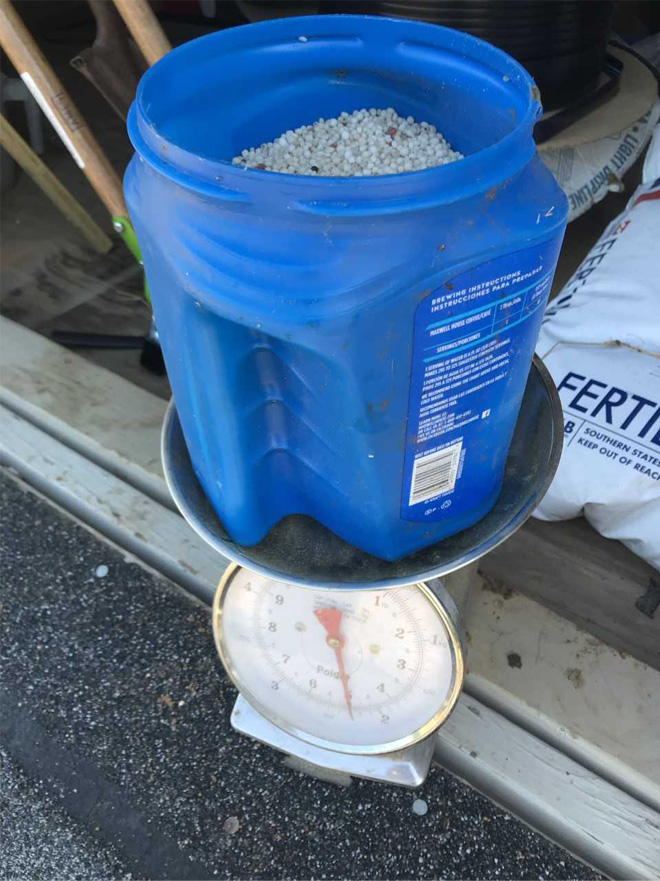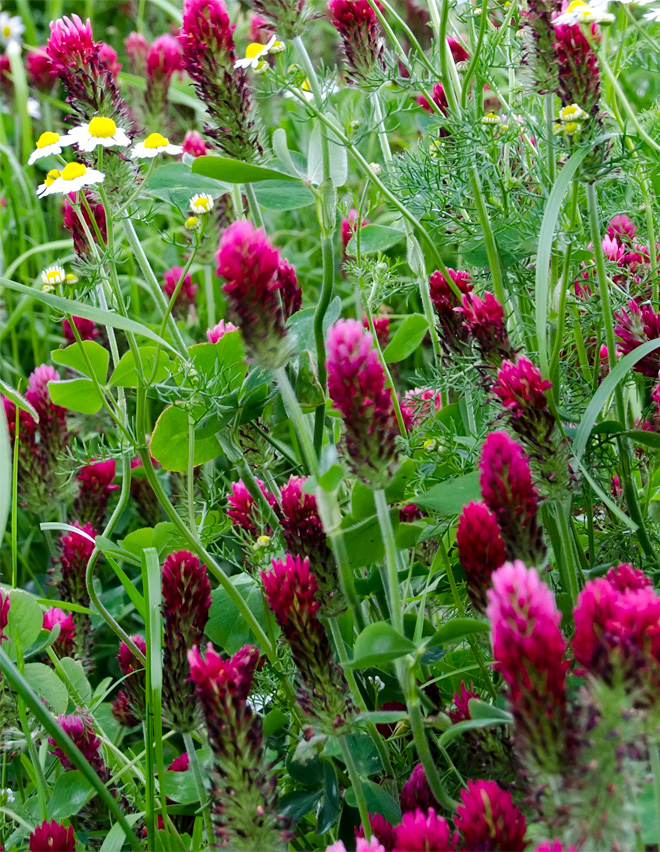Achieving proper nutrition
For garden vegetables to achieve maximum growth potential, they require both macronutrients and micronutrients for normal growth and development. Macronutrients are elements that are used in greater quantity by plants and include nitrogen, phosphorus, and potassium. Secondary macronutrients include calcium, magnesium, and sulfur. Plants also require small amounts of micronutrients such as boron, chlorine, copper, iron, manganese, molybdenum, and zinc.
Soil and pH testing
While Georgia soils are naturally rich in some nutrients, it usually takes additional fertilizer to supply all the essential nutrients that vegetables require. A proper balance of soil nutrition and a correctly adjusted pH can greatly benefit vegetable yield. Taking an accurate soil test prior to planting is important for many reasons. Soil testing will provide the most accurate reading of current soil nutrition values, giving recommendations for additional applications. One of the most important things a soil test provides is a true pH reading, which is the measurement of the alkalinity or acidity of the soil. In general, most vegetables do best with a slightly acidic soil with a pH range of 6.2 to 6.8. The pH can be adjusted by adding agricultural lime to raise the pH or elemental sulfur to lower it.
soil nutrition and a correctly adjusted pH can greatly benefit vegetable yield. Taking an accurate soil test prior to planting is important for many reasons. Soil testing will provide the most accurate reading of current soil nutrition values, giving recommendations for additional applications. One of the most important things a soil test provides is a true pH reading, which is the measurement of the alkalinity or acidity of the soil. In general, most vegetables do best with a slightly acidic soil with a pH range of 6.2 to 6.8. The pH can be adjusted by adding agricultural lime to raise the pH or elemental sulfur to lower it.
Providing a good soil sample is the key to getting an accurate reading. Collect a soil sample by taking soil from a depth of 4 to 6 in. These samples should be pulled from about eight to ten locations in the garden area. Mix these samples together in a bucket, and then put approximately 1 cup full of this mix into a plastic bag and take it to your local UGA Cooperative Extension office for analysis. You can also pick up soil sample bags from your local Extension office. These bags will have instructions on how to pull the samples and a place for you to fill out your contact information and details on the site from which the sample was pulled. Ideally, soil samples should be taken several months in advance prior to planting the garden. This will allow time to make the pH adjustments if necessary.
Organic vs. synthetic fertilizers
When selecting a fertilizer for application in the home garden, the homeowner may choose between using an organic product or a synthetic fertilizer. There are advantages and disadvantages to both of these. Synthetic fertilizers, such as a granular 10-10-10, are more cost effective, easy to find, and relatively easy to apply. The plant itself is unable to detect where the specific element comes from, so the actual element in synthetic fertilizer is the same as that in an organic product. Plants can only absorb nutrients when they are in inorganic form. Synthetic fertilizers are already in inorganic form, which means that they are readily available for vegetable root systems to absorb. However, synthetic fertilizers contain a lot of salt byproduct and can be damaging or even burn the roots when applied excessively. Organic fertilizers must first convert in the soil to an inorganic form before they can be absorbed for plant use. This allows them to act as slow-release products, breaking down in the soil with little risk of burning the plants. Organic fertilizers can also provide organic matter that will help build and improve the soil. One disadvantage of organic fertilizers is that they are not always easy to find, and it can take a lot of product to equate to the same amount of synthetic fertilizers. In general, organic fertilizers have a lower nutritional value, so it takes much more to deposit sufficient nutrients. It is often necessary to combine more than one organic product together to get the complete, balanced fertilizer, which can lead to higher costs. Organic fertilizers can also vary in nutrient strength depending on the source. Fortunately, if you are purchasing organic fertilizers, the nutrient contents must be clearly labeled on the package. If you are using bulk manures or other unregulated, organic sources of fertilizer, you may want to have them tested to be sure of what you are applying to your garden. Contact your local Extension office for analysis details.
Fertilizer can be purchased as a single nutrient fertilizer or a combination of fertilizers. The numbers on the fertilizer bag represent a grade of fertilizer or percentage of nitrogen, phosphate, and potassium. Thus, 5-10-10 fertilizer is in a 1-2-2 ratio. An 8-16-16 fertilizer is also a 1-2-2 ratio, but it contains a greater percentage of each of the fertilizer elements. Smaller amounts of the 8-16-16 fertilizer would be required in place of 5-10-10.
Table 1. Estimated organic fertilizer ratios.
| Materials | Percent N | Percent P2O5 | Percent K2O | Availability |
|---|---|---|---|---|
| Bone meal | 0.7–4 | 18–24 | 0 | Slow/medium |
| Compost | 1.5–3.5 | 0.5–1 | 1–2 | Slow |
| Cottonseed meal (dry) | 6 | 2.5 | 1.7 | Slow/medium |
| Blood meal | 12 | 1.5 | 0.6 | Medium/rapid |
| Fish meal | 10 | 4 | 0 | Slow/medium |
| Guano | 6–12 | 9–11 | 2–3 | Medium |
| Cattle | < 1 | < 1 | < 1 | Medium |
| Horse | < 1 | < 1 | < 1 | Medium |
| Poultry | 3–4 | 1–3 | 1–2 | Medium/rapid |
| Mushroom compost | 0.5–1 | < 1 | 0.5–1.5 | Slow |
| Soybean meal | 6–7 | 2 | 2 | Slow/medium |
| Wood ashes | 0 | 1–2 | 3–7 | Rapid |
When and how to fertilize
The timing of fertilizer is extremely important when it comes to growing successful vegetables. As previously mentioned, a soil test is the most accurate way to determine when and how much fertilizer to apply. In the absence of a soil test, all vegetables benefit from the application of fertilizer at planting time. A general rule of thumb, when nutritional levels are not known, would be to apply approximately 30 lb of 13-13-13 per 1,000 sq ft of garden at planting time. This method should work for most vegetables. If you have been fertilizing the same area for years, consider using something like a 12-4-8 or 16-4-8 formulation that is lower in phosphorus and potassium. These two elements are extremely stable and do not move out of the soil rapidly.
Organic fertilizer options may need to be combined to equate to the same level as recommended for synthetic. Any time a fertilizer application is made, the garden should be irrigated to allow the product to penetrate into the soil. When it comes to additional fertilizer, some vegetables are heavier feeders than others. The term “heavy feeder” refers to the increased amount of nutrients that the vegetable requires for satisfactory production. The type of soil you have, whether it contains a lot of clay or is very sandy, will determine how often you will need to apply fertilizer. Developing crops might need an additional boost of fertilizer at a similar rate to what had been applied at planting, several weeks after growth begins.
Once vegetables have grown to a healthy size, hold back any further fertility until the plant sets fruit. Do not fertilize the vegetable plant when it is flowering, as you may slow fruit production and cause excessive growth. Specifically, hold fertilizer back until you see small tomatoes and peppers about the size of a dime or 1-in.-long squash or green beans. At the time fruit is forming, you may choose to fertilize individual plants or lay a side dressing of fertilizer down the row. Approximately 3 to 5 lb per 100 linear feet would be a general recommendation for side dressing. When possible, try to purchase a premium fertilizer that contains micronutrients as well. These micronutrients, while small in demand, are still essential for good growth. Take care when using a liquid fertilizer. Liquid fertilizers are often applied with hose-end sprayers or watering cans and may be difficult to calibrate and apply evenly. The most common result of misuse is excessive vegetative growth and little to no fruiting. Soluble fertilizers are best applied through a tank that injects it into the driplines of an irrigation system. Drip irrigation is not too difficult to set up and is the preferred method to deliver water to your plants. Several manufacturers make 1- and 2-gallon fertilizer tanks that can allow you to easily distribute your fertilizer through irrigation lines.

Allow vegetables to pollinate and form small fruits before adding additional fertilizer.
Crops that continue to produce vegetables throughout the season, such as squash, cucumbers, and tomatoes, benefit from a light application of fertilizer every 3 weeks or so throughout the growing season. When fertilizing plants individually with a granular fertilizer, take care not to pile it too close to the stem of the plant or fertilizer burn may occur. Fertilizer should be evenly distributed lightly around the outer edge of the foliage.
Fertilizing corn, which is a grass-type crop, is a little different from other vegetables. Corn is a heavy nitrogen feeder and will require several applications of a high nitrogen fertilizer. Begin by fertilizing corn with the same rate of 30 lb per 1,000 sq ft that will be applied to the entire garden at planting. After corn reaches about 12 in. tall, side dress it with 5 lb of 34-0-0 per 100 ft of row. Side dress with an additional 5 lb per 100 linear feet when corn reaches about 3 ft tall. This should be enough fertility to bring the corn to harvest.

Liquid fertilizer is best applied directly through a drip irrigation system.

This is what 5 lb of fertilizer per 100 linear feet should look like.

Accurately measure 5 lb of 34-0-0 for corn side dressing.
Taking precautions
Home gardeners should take the following precautions any time fertilizer is applied to crops.
- Never apply granular fertilizer over the tops of plants when they are wet. Fertilizer can easily stick onto wet leaves and result in severe burns or damage.
- Avoid fertilizing areas between vegetables as much as possible to avoid feeding the weeds.
- Time fertilizer application with anticipated rainfall or irrigate the garden within one day of application.
- Be sure that the soil pH is adjusted properly or any fertilizer application will be ineffective.
- Avoid direct contact of fertilizer on exposed skin or eyes.
- Never use weed and feed fertilizers designed for lawns in the home garden.

Be careful not to allow fertilizer to sit on the foliage of plants. Severe burn can result.
Fertility benefits of cover crops
Cover crops have been used in multiple ways to stabilize soil and prevent erosion. They are often used as fall planting in the home garden. In addition to protecting the area from erosion, cover crops can actually add beneficial nutrition back to the soil. When cover crops are mowed down and incorporated into the soil, they release small amounts of nitrogen, phosphorus, and potassium along with some micronutrients. When a legume-type cover crops such as clover, peas, or sunn hemp are used, the nitrogen benefit is much greater. Legume crops manufacture their own nitrogen and release it back into the soil once they are tilled into the ground. Using a mixture of a grain-type grass such as wheat, oat, or rye, as well as a mix of legumes, can cut the need of additional fertilizer into the garden by close to 30%. Cover crops are not limited to fall planting only. Summer cover crops can also be planted in vacant garden areas. Cover crops for summer might include buckwheat, millet, sunn hemp, or iron clay peas.

Cover crops not only protect the soil, but also cut down on fertilizer by adding nutrition once they are tilled into the soil.
To find out whether your plants have nutritional deficiencies, see the following section on how plants present symptoms of unbalanced nutrition.
Nutritional plant deficiency symptoms
Nitrogen – Stunted growth with a yellow cast on leaves and overall light green appearance; lower, older leaves are affected first
Phosphorus – Reddish-purple leaf color; often occurs in the cool, wet soils of early spring
Potassium – Marginal areas of leaves turn brown and may die back, with chlorotic brown spots throughout the leaf; may look similar to drought damage
Calcium – Young leaves are often cupped and yellow in appearance; calcium deficiency can occur from poor irrigation practices and is a common cause of blossom end rot in vegetables
Magnesium – Mottled yellowing between veins of older leaves while veins remain green on new leaves; yellow areas may turn brown and die
Sulfur – Entire plant turns a lime green color; plants may become stunted
Iron – Leaves appear yellow or white, but veins typically are dark green; symptoms appear on the younger, upper leaves first
Boron – Youngest leaves become light green and may become distorted and terminal buds may eventually die; can cause blackheart in vegetables
Molybdenum – Narrow leaves with interveinal yellowing on older leaves; new leaves are green at first, but become mottled as they expand
Manganese – Yellow- or white-colored leaves with green veins
Zinc – Reddish-colored spotting of older leaves, usually in between veins
Copper – Younger leaves appear to be wilted but remain green
Status and Revision History
Published on Mar 23, 2020
Published with Full Review on Feb 21, 2024


























































